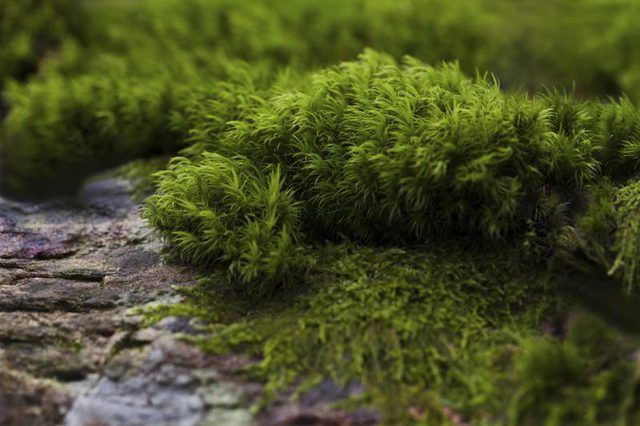Bulbs
Flower Basics
Flower Beds & Specialty Gardens
Flower Garden
Garden Furniture
Garden Gnomes
Garden Seeds
Garden Sheds
Garden Statues
Garden Tools & Supplies
Gardening Basics
Green & Organic
Groundcovers & Vines
Growing Annuals
Growing Basil
Growing Beans
Growing Berries
Growing Blueberries
Growing Cactus
Growing Corn
Growing Cotton
Growing Edibles
Growing Flowers
Growing Garlic
Growing Grapes
Growing Grass
Growing Herbs
Growing Jasmine
Growing Mint
Growing Mushrooms
Orchids
Growing Peanuts
Growing Perennials
Growing Plants
Growing Rosemary
Growing Roses
Growing Strawberries
Growing Sunflowers
Growing Thyme
Growing Tomatoes
Growing Tulips
Growing Vegetables
Herb Basics
Herb Garden
Indoor Growing
Landscaping Basics
Landscaping Patios
Landscaping Plants
Landscaping Shrubs
Landscaping Trees
Landscaping Walks & Pathways
Lawn Basics
Lawn Maintenance
Lawn Mowers
Lawn Ornaments
Lawn Planting
Lawn Tools
Outdoor Growing
Overall Landscape Planning
Pests, Weeds & Problems
Plant Basics
Rock Garden
Rose Garden
Shrubs
Soil
Specialty Gardens
Trees
Vegetable Garden
Yard Maintenance
How to Grow Irish or Scotch Moss (Sagina Subulata)
How to Grow Irish or Scotch Moss (Sagina Subulata). Whether your taste runs to emerald-green Irish moss (Sagina subulata) or golden-green Scotch moss (Sagina subulata "Aurea"), a dense carpet of traffic-tolerant greenery can be yours. Hardy from U.S. Department of Agriculture plant hardiness zones 4 through 10, these rugged creepers...

Whether your taste runs to emerald-green Irish moss (Sagina subulata) or golden-green Scotch moss (Sagina subulata "Aurea"), a dense carpet of traffic-tolerant greenery can be yours. Hardy from U.S. Department of Agriculture plant hardiness zones 4 through 10, these rugged creepers aren't true mosses, but their serene, mossy looks inspire their common names. Growing Irish or Scotch moss requires the same basic conditions; few differences exist in their tolerances and needs.
Light Preferences and Placement
Both Irish and Scotch moss grow best in part-shade to part-sun locations that receive four to six hours of direct sun each day. Whether those sun hours come in morning or later depend on the garden's location. For Southern gardens with intense summer sun, focus on moderate, morning rays and midday shade. Gentler Northern rays allow for filtered shade and more sun. The golden tones of Scotch moss shine most in partial shade, but sun keeps the plant more dense. Irish and Scotch moss stay under 2 inches tall, but they spread 12 inches per year. For fast coverage, space plants 6 inches apart.
Soil and Moisture Requirements
Irish and Scotch moss adapt readily to various soil types and thrive in acidic to neutral soil pH. In average conditions, no soil amendments are needed, but good drainage is important for both plants. During the first three months after planting, provide enough water so plants receive 1 inch of water per week, including rainfall. For established plants, precipitation normally provides sufficient water. Supplement as needed in times of drought. Irish moss prefers more moisture than Scotch moss, which tolerates drier soil.
Foundations and Fertilizer
Irish and Scotch moss excel when tucked into crevices and small spaces, but they also make resilient turf alternatives. When planting larger areas, provide a good foundation. Loosen the soil 8 to 12 inches deep, and work in a granular, slow-release fertilizer such as 5-10-5. Use approximately 3 pounds of fertilizer per 100 square feet. Layer 1 inch of organic mulch on top, and water well. Plant through the mulch to the soil below. This keeps plants clean and reduces competing weeds. Plant Irish and Scotch moss low in the soil, so they sit at or slightly below the surrounding surface. Established plantings don't require routine fertilizers.
Humps, Lumps and Leveling
As Irish and Scotch moss plantings age, they tend to bunch up like loose carpets. Heavy foot traffic improves contact with soil, but maintenance may be necessary. When humps and lumps develop, remove the excess so plants lie flat again. Use a turf knife to cut strips from loose areas, just as you'd cut carpet. The extra strips lift away and make excellent pieces for tiny spaces around pavers and stepping stones. Firmly press the remaining plants back in place. In extreme cases, roll back excess Irish or Scotch moss and remove a thin layer of soil. This reseats the plants in their firm foundation.